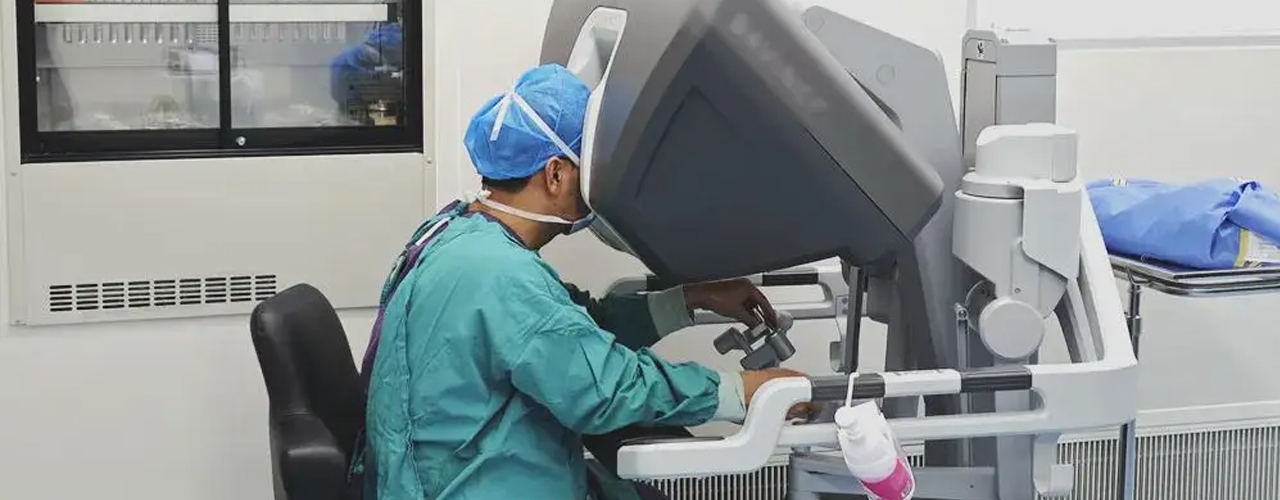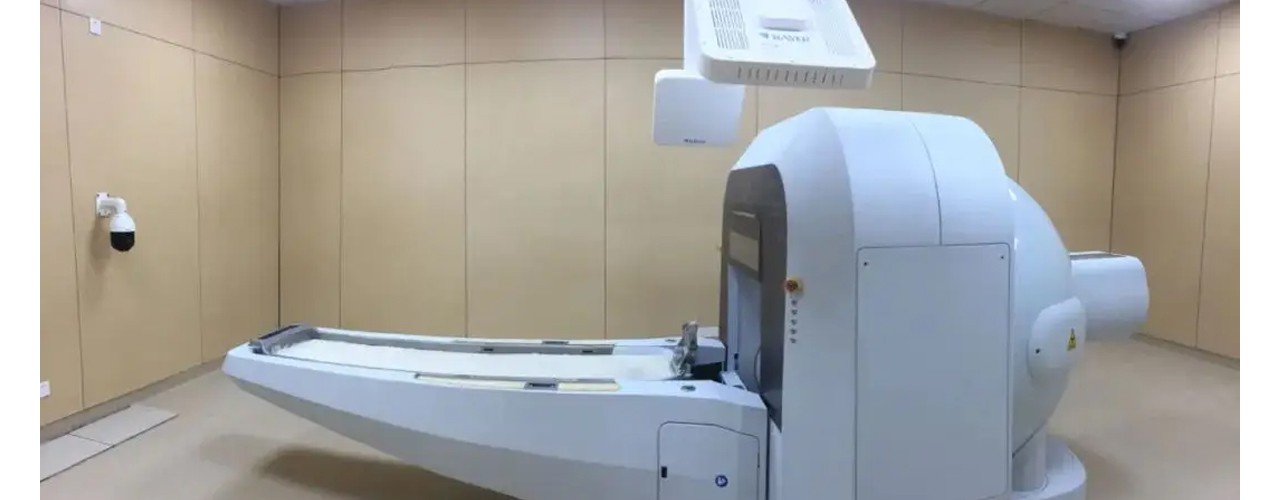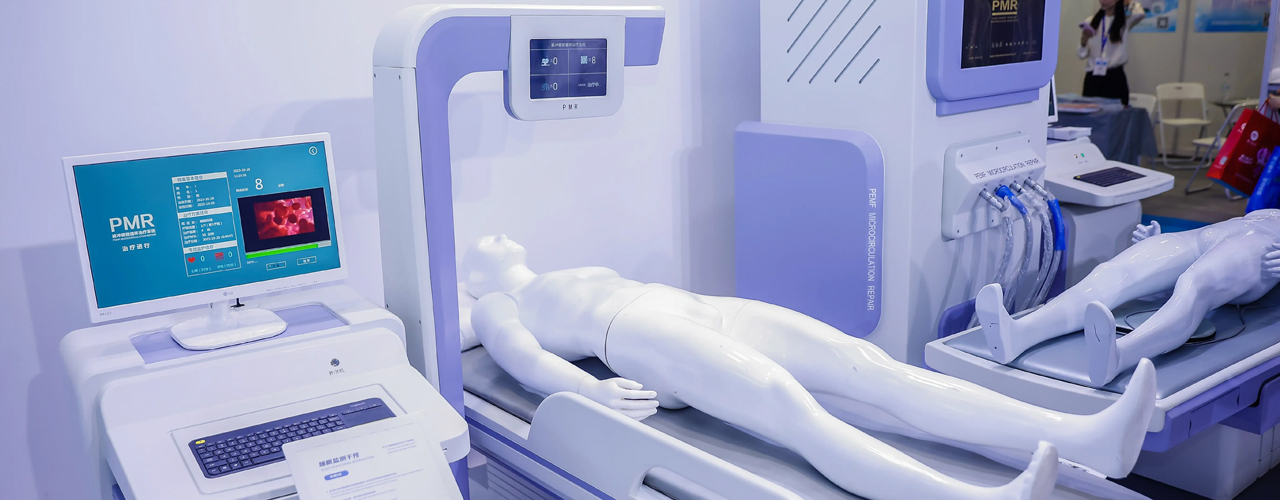These consolidated guidelines provide guidance on the diagnosis of human immunodeficiency virus (HIV) infection, the care of people living with HIV and the use of antiretroviral (ARV) drugs for treating and preventing HIV infection. They are structured along the continuum of HIV testing, care and treatment. Behavioural, structural and biomedical interventions that do not involve the use of ARV drugs are not covered in these guidelines. The 2013 consolidation process combines and harmonizes recommendations from a range of WHO guidelines and other documents, including the following 2010 guidelines on using antiretroviral therapy (ART) for HIV infection in adults and adolescents, in infants and children and for treating pregnant women living with HIV and preventing HIV infection in infants. Comprehensive guidance is now provided on using ARV drugs across age groups and populations of adults, pregnant and breastfeeding women, adolescents, children and key populations. The guidelines also aim to consolidate and update clinical, service delivery and programmatic guidance. The 2013 guidelines reflect important advances in HIV responses during the past three years. Since 2010, new technologies, including CD4 point-of-care testing, and new service delivery approaches allow HIV testing and treatment monitoring to be diversified and decentralized. Simple, safer, once-daily, single-pill ARV regimens that are suitable for use in most populations and age groups have become more affordable and more widely available in low- and middle-income countries. Countries are moving towards earlier initiation of triple-drug regimens and simplified programming for the prevention of mother-to-child transmission of HIV (PMTCT) that emphasizes the long-term health of pregnant women and mothers living with HIV and preventing HIV infection among their children. The broader HIV prevention benefits of ARV drugs are being recognized: in addition to improving health and prolonging lives, ART prevents the sexual transmission of HIV, while pre-exposure prophylaxis of HIV with ARV drugs expands HIV prevention options and post-exposure prophylaxis of HIV continues to play an important role in managing HIV exposure in certain populations and settings, including for those who have been sexually assaulted. Although countries are at different stages of ART coverage and implementing the 2010 WHO guidelines, there is a consistent global trend towards initiating HIV treatment earlier.







